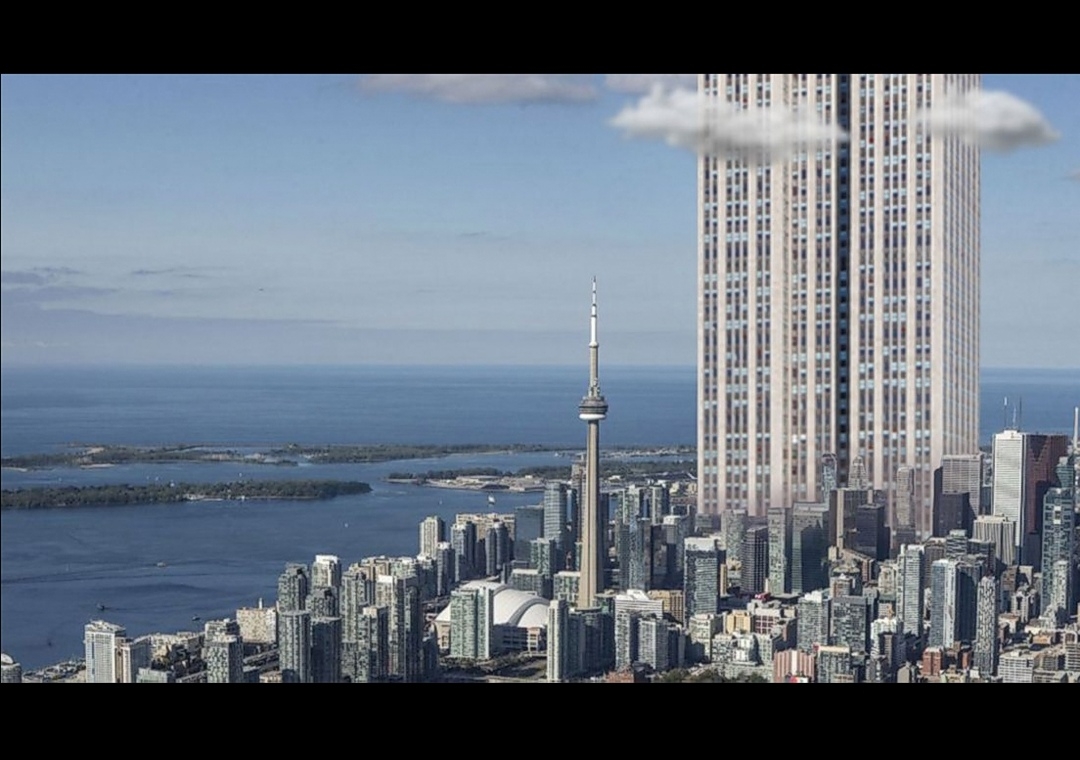Might you spend a night time on the top of the primary tower to area? At a hundred km above sea degree, it'd be the very best structure that human beings have ever built. This tower could house almost 1,000,000 citizens. however would that be worth the large charge tag of $25 trillion?
ought to people even continue to exist the extreme situations on the pinnacle? would the Earth’s crust be able to assist the burden of this massive shape? and how could we save you it from falling over?
with regards to building a space tower, there are numerous boundaries to plan around. First, there’s the extremely bloodless temperatures that could freeze you to dying. Then, there are the class 5 typhoon winds that could cause the tower to sway and fall over.
Oh, and did we mention there might be slightly any air pressure at the top? so you’d likely get altitude sickness, which can kill you. however in spite of all those risks, we nevertheless suppose we can build one secure enough for people to live in. want to peer what it seems like?
yes, it would look a little extraordinary, however this is how we’d ought to structure our tower if we don’t need it to fall over. If we didn’t shape our tower like a pyramid, it'd buckle under its own weight, tilt to the facet and crash to the floor. At 100 km (62 mi) tall, this pyramid might need a base as big as the area of Hong Kong to preserve it strong.
it would additionally need a reinforced middle to prevent it from swaying in the extreme winds discovered at the pinnacle of our environment. At 70 km (forty three miles) above sea degree, winds of 252 km/h (157 mi/h) can arise, and the top of our tower would be 30 km (19 mi) better than that!
Now that we’ve got a stable shape figured out, we need to find a manner to move humans up to the top. historically, elevators are confined to a height of approximately 500 m (1,640 feet). After that, they would be too heavy.
So we’re going to want something a little extra modern. Like magnet-powered elevators, for instance. but even with those, we’d still be looking at superlong elevator rides to go up and down. this would be a extreme hassle if we need our tower to include residences and places of work.
however earlier than we cross selling our elevator advert space, we want to peer if it'd be secure for us to go up that high inside the first region. on the top of Mount Everest, the air strain is dangerously low, approximately 1/3 of the stress on the floor. And our space tower could be 11 times taller than that.
If we didn’t alter the air strain inside the skyscraper, you could revel in altitude illness. And if we didn’t modify the temperature as nicely, you could freeze to demise by the point you reached the top.
next we’d need to discern out how to offer strolling water for the duration of the tower. it'd take lots of strain to pump water up so excessive. it might need hundreds of water reservoirs located at distinct levels via the constructing.
those water reservoirs might be filled in series, with each one being used to fill the only above it, all of the way to the pinnacle. If the residences were to use as a great deal water as the residences inside the Burj Khalifa according to day, we estimate that our space tower might use approximately 13 Olympic length swimming pools of water consistent with day. That’s plenty to pump up.
and even if we solved all the ones demanding situations, there might nevertheless be one underlying trouble that would inevitably sink the whole mission. I’m speaking approximately Earth’s crust. The Earth’s crust is handiest about 30 km (18.6 mi) thick, with a smooth mantle beneath it.
Like a house on unstable soil, the tower could start to sink down into the floor over the years, as the Earth’s crust would be not able to maintain its weight. So for now, perhaps we’ll just ought to accept the tall towers we already have.








0 Comments